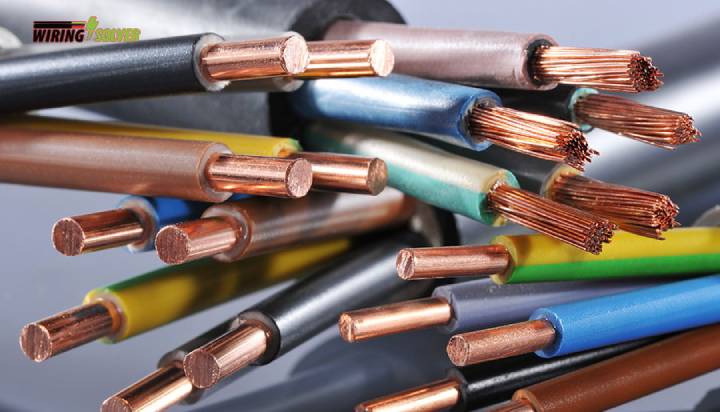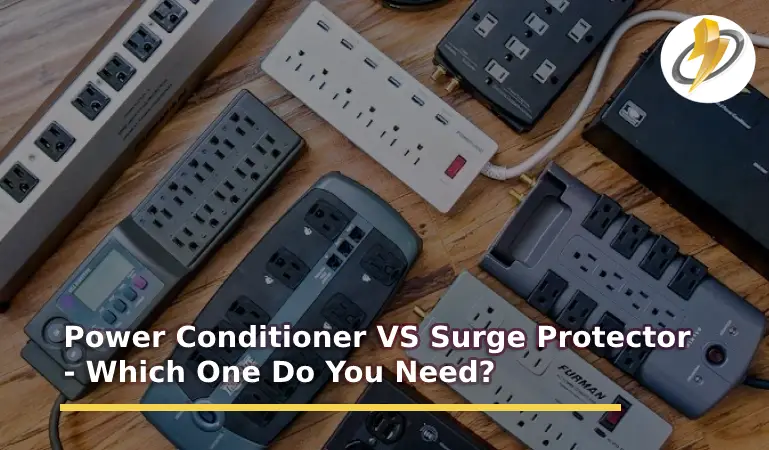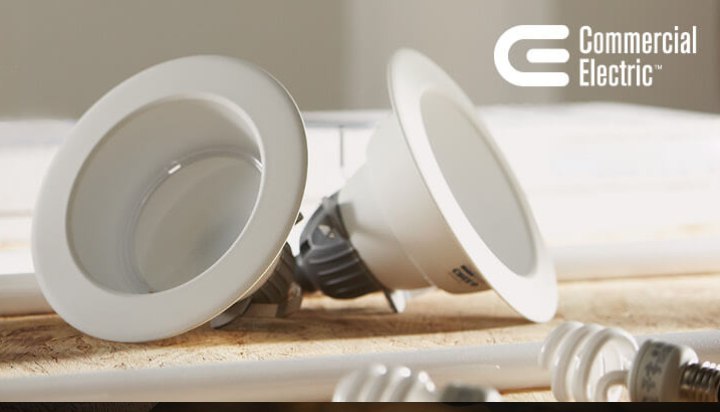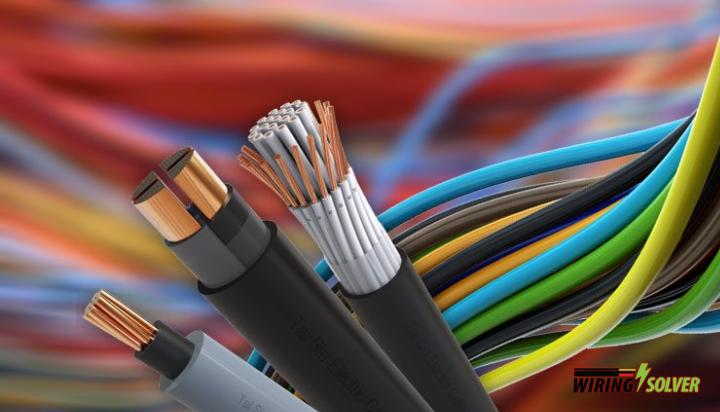Key Points:
- The voltage that is seen on the neutral wire is being conducted through another load that is connected to the hot wire.
- The voltage tester is detecting voltage without drawing current so the resistance of the other load cannot be seen.
- Under load conditions, there should be some neutral-ground voltage – 2 V or a little bit less is pretty typical.
Electricity flowing through a neutral wire varies between systems. Because the neutral wire is not properly connected to ground, or because electricity is being fed back through it from other system.
But you might be wondering, “Why does my neutral wire have voltage?”
Many factors can be attributed to high neutral to earth voltage. The neutral wire is said to be voltage-free. However, if you measure with a non contact voltage tester, you’ll discover that having zero voltage does not imply that there is no electricity present.
In this article, I will go over the characteristics of a neutral wire as well as the voltage that is present in a neutral wire in any electrical system in detail.

Should There Be Voltage On the Neutral Wire?
The core responsibility of the neutral wire is to offer a zero voltage reference point while also allowing the current to return to its source. However, that is not always the case. So,why does my neutral wire have voltage?
The neutral wire acts as a conduit for hot wire current to return. The neutral and hot wires are both charged due to the speed at which current moves in a closed circuit. It is necessary to have a firm grasp on the concept of upstream and downstream in electrical systems.
While in general the neutral wire should have significantly less voltage going through it than any of the other wires on a system, that does not mean that it is safe to touch. It can become live based on the circuit architecture.
So, how does a neutral wire becomes live? In most installations the live is at the required voltage and the neutral line is connected to the ground at a point. If the device is on, the neutral will be connected to the live wire and the voltage will not be zero, thus making it live.
Under normal conditions there should be no voltage on the Neutral, but often there is about 0.5 Volts – 2 Volts depending how long the return neutral wire going back to the switchboard is and the load drawn by the electrical system in the house.
You might be asking, “Then why do I have 120 volts on my neutral?”. In a normal situation with the neutral path intact, you would have 120 volts measured from across the light bulb or the receptacle.
In this case, both sides of the light (hot and neutral) are the same, thus no potential difference (voltage), and the bulb does not light up. But, how can we reduce neutral to earth voltage? I will get into that now.
Reducing Neutral to Earth Voltage in a System
If your neutral wire carries more voltage than usual, you need to take a look at some of the methods to reduce it.
Causes of high neutral to earth voltage is many. Therefore, the solutions are a different as well. I have mentioned some of the most common methods below:
- Implement a good grounding system, to ensure ground voltage is as low as possible.
- Does the neutral wire carry current? Yes, it does. To eliminate the hybrid junction of neutral and earth wire and reduce stray current, you have to strengthen the insulation between phase lines.
- The addition of an isolation transformer is a good way to lower neutral-earth voltage. Adding an isolation transformer can be used to isolate the electrical connection between input and output.
- Neutral wire reactance can be reduced by shortening it and increasing its sectional area, resulting in a lower neutral-earth voltage.
- High-frequency interference currents flow through the neutral and earth wires, lowering the neutral-earth voltage. Try to keep as much interference as possible to a minimum. You can use a non contact voltage detector to detect stray voltage.
- It is also important to note that interference is the overlapping of electromagnetic interference of multiple units’ currents. As a result, keep them as far apart as possible.
These are some simple methods for lowering neutral-to-earth voltage. However, if you are still unable to identify your problem or are unsure about the procedure, seek the advice of a professional. Working with electricity without a thorough understanding of the factors is dangerous.
Summary
In this article, I thoroughly addressed the question, “Why does my neutral wire have voltage?”. I’ve discussed the characteristics of a neutral wire as well as the causes of voltage present at a neutral wire.
I’ve also included some pointers to help you reduce the excess voltage. However, as I previously stated, if you are having trouble with your neutral wire or experiencing any electrical malfunctions as a result of this issue, you should have it checked by a professional.





![Can You Plug A Fridge Into A GFCI Outlet? [Answered]](https://wiringsolver.com/wp-content/uploads/2022/05/Can-You-Plug-A-Fridge-Into-A-GFCI-Outlet.jpeg)